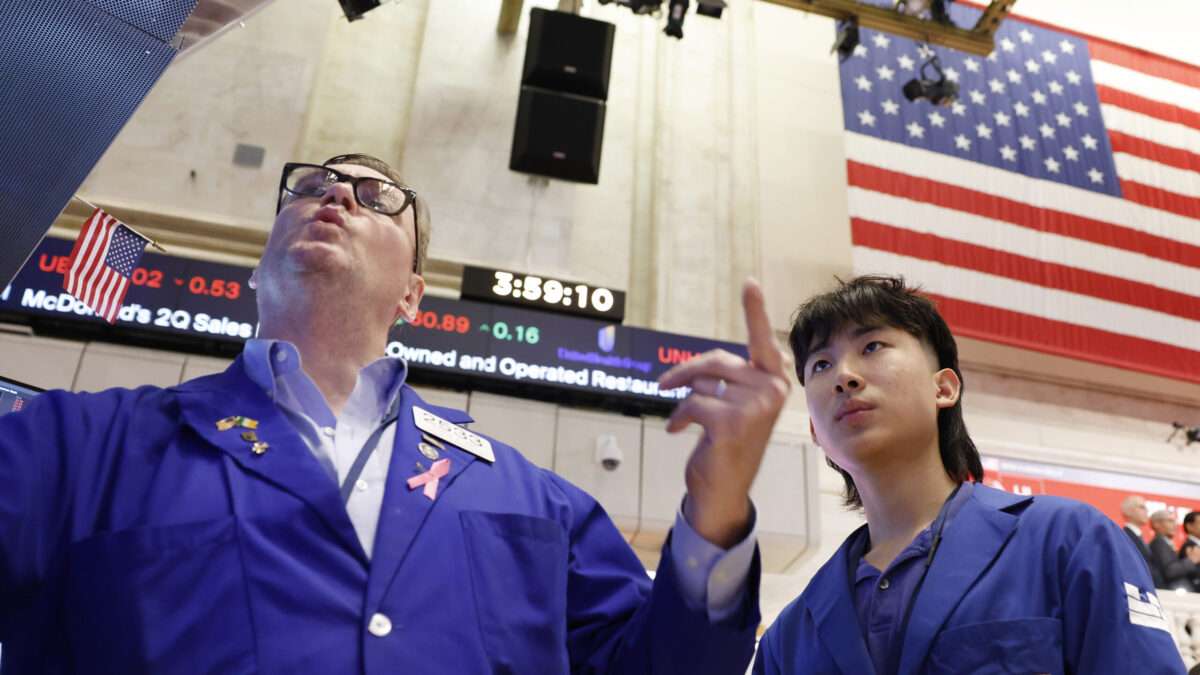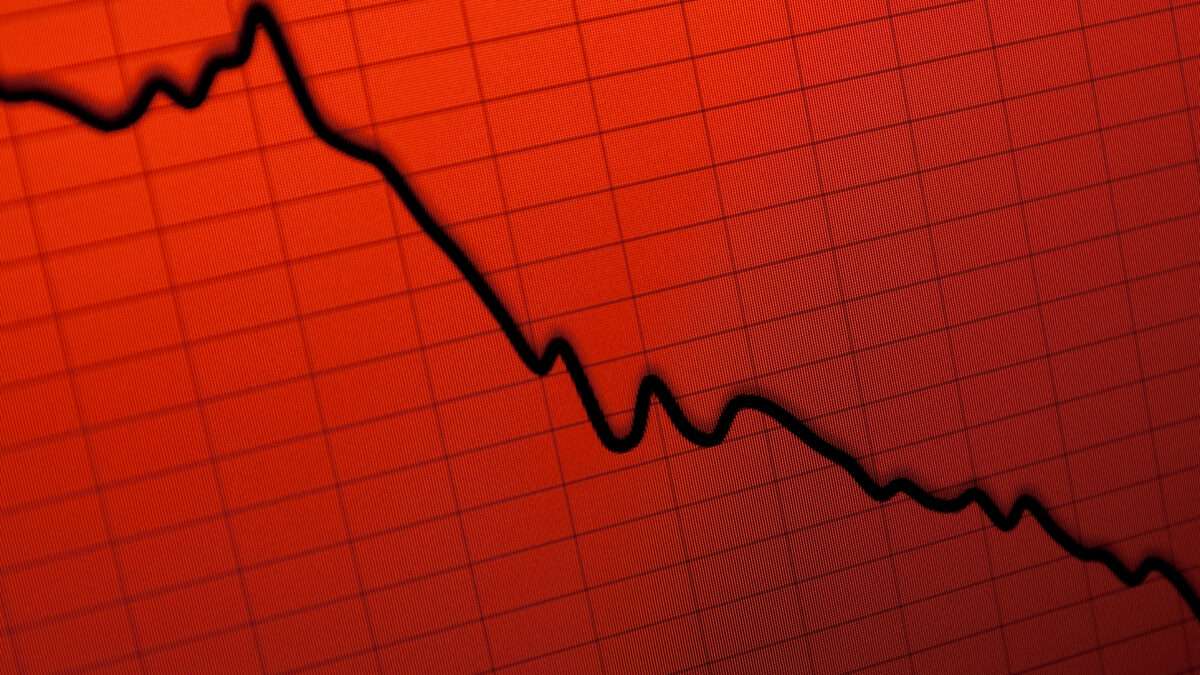Recession Is Not Inevitable, Despite Stock Market Slump

It's OK to calm down about the economy. Yes, Friday's unemployment news was bad. Yes, the NASDAQ and Dow Jones neared correction territory on Friday morning. And yes, the Sahm Rule Recession Indicator has now been triggered. Odds are, though, a recession is not imminent.
Here are three reasons why, in descending order of optimism. One, recent growth has been strong. Two, the economy has been near full employment for a while, and some kind of job growth slowdown is almost inevitable. Three, we're past the window where Federal Reserve actions can influence the election, though its recent behavior is still worrying.
Last week, the media's manic mood swing was on the exuberant side from news of a strong 2.8 percent gross domestic product (GDP) growth in the second quarter of 2024, which ended on June 30. This was a surprise improvement on the previous quarter's 1.4 percent growth. A normal reading is around 2 percent. Better, most of that growth was in the private sector, especially in consumer spending and inventory investment.
The current quarter's GDP growth estimate will come out on October 30. It would take a drastic swing to move from 2.8 percent to negative in just one quarter, though it has happened before. It typically takes two consecutive quarters of negative growth for the National Bureau of Economic Research to declare a recession, though its official standard is to call it as they see it.
The unemployment rate went up from 4.1 percent in June to 4.3 percent in July. June's reading snapped a 30-month streak of unemployment at or under 4 percent. This was the longest such streak since the 1960s.
For context, anything under 5 percent is considered pretty good. The eurozone's unemployment rate is currently 6 percent and often tops 10 percent, even in good times.
When an economy is essentially at full employment, a slowdown in job growth isn't necessarily cause for worry. The economy still has 8 million job openings, and the labor force still grew by 114,000 jobs. That annualizes to more than a million more jobs per year.
That is slower than population growth, which isn't ideal. The labor force participation rate is also still below prepandemic levels. But a sane immigration policy combined with labor reforms like loosening occupational licensing requirements would fill more of those job openings while creating more opportunities for workers who are still outside the labor force.
The Federal Reserve's recent actions spark some worry. The Fed has spent the last two-and-a-half years walking back its panicked overreaction to COVID-19, which caused high inflation in the first place, along with a bipartisan deficit spending explosion. Inflation is finally slowing and getting back close to its 2 percent target, down from its 9.2 percent peak.
The trouble is that Fed Chairman Jerome Powell indicated that the Fed will stop focusing solely on inflation and will now pay attention to the labor market as well. The Fed has a dual mandate that tasks it with both keeping inflation low and keeping employment high. These can contradict each other, as Powell might soon find out.
If unemployment continues to worsen, look for the Fed to counteract that with stimulus in the form of interest rate cuts and monetary expansion. The tradeoff to this stimulus is higher inflation—exactly what the Fed has been fighting.
While an expected interest rate cut in September isn't a big deal by itself, if it's the start of a larger stimulus campaign, any short-term economic boost will come at the cost of a slowdown later.
The Fed's actions have lag times ranging from about six months to 18 months, so anything it does now will not impact the election. This is good news for the Fed's independence, but it does not inspire faith in Powell's commitment to fighting inflation. It would be better for the Fed to stay focused on inflation. Monetary policy is a poor tool for job creation. Entrepreneurs have a much better track record.
As usual, the big picture is a mix of short-term pessimism and long-term optimism. Whether or not the current recession doommongering comes true, the long-term trend of increasing superabundance will hold. That's as good a reason for calm as any.
The post Recession Is Not Inevitable, Despite Stock Market Slump appeared first on Reason.com.




